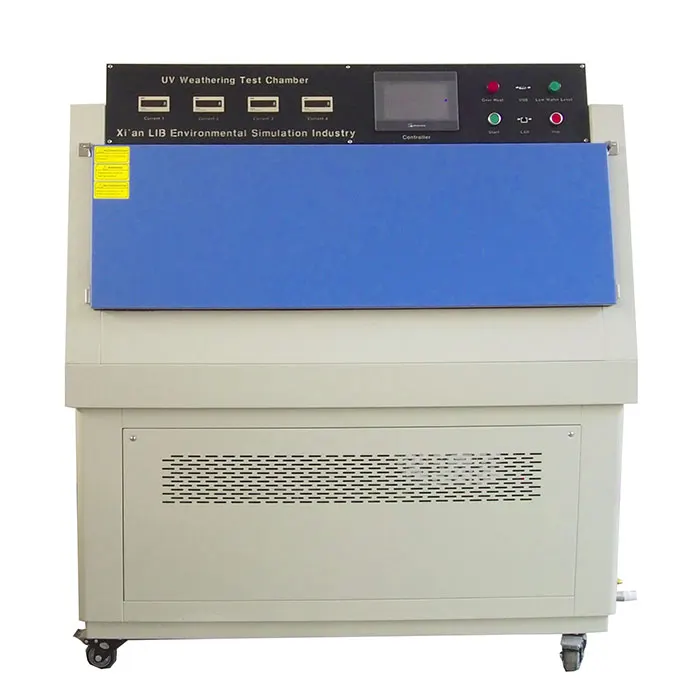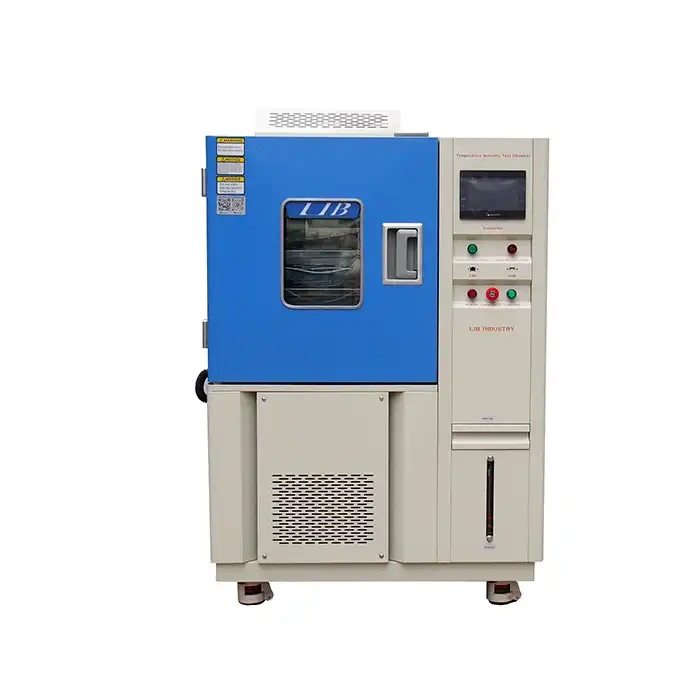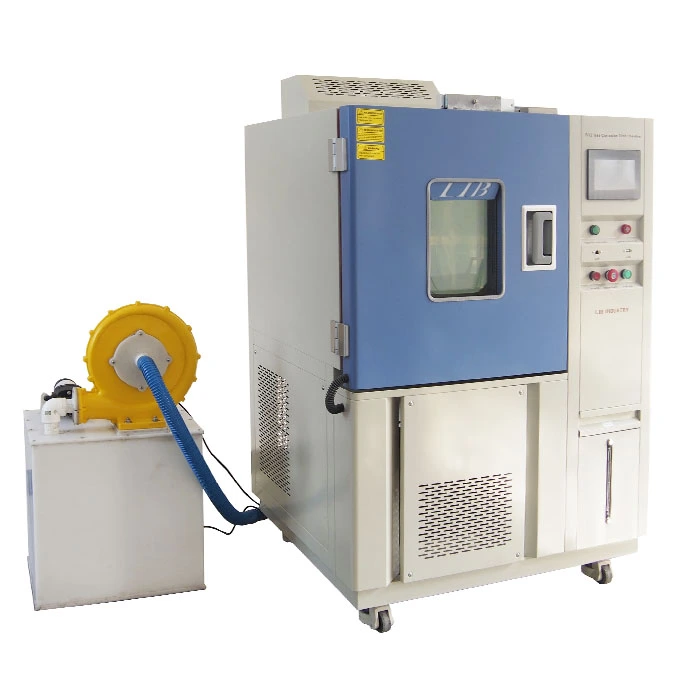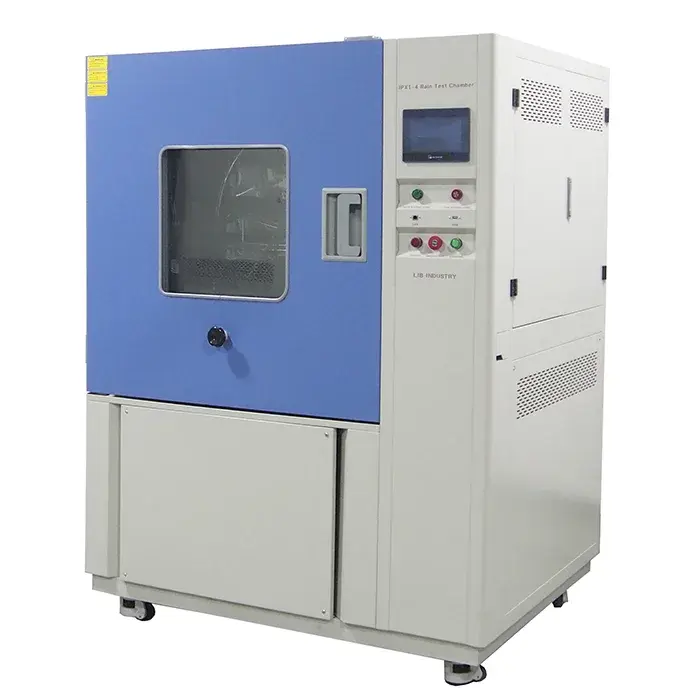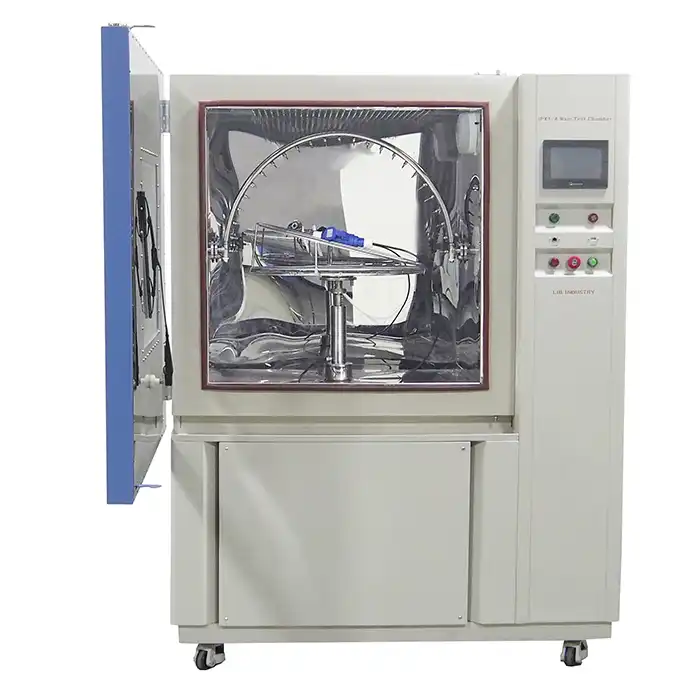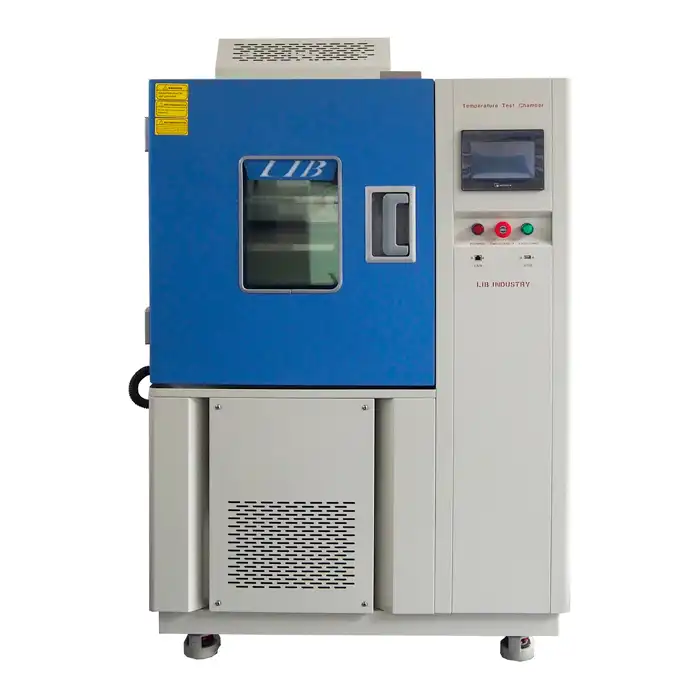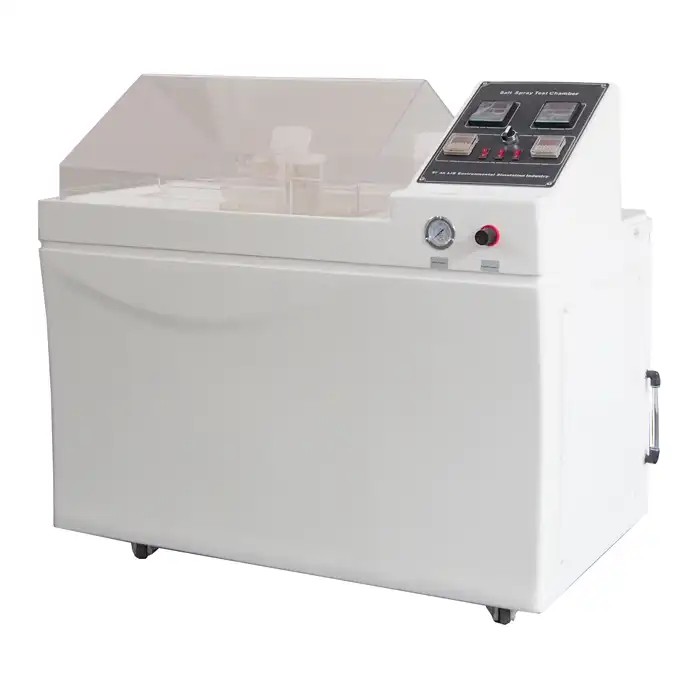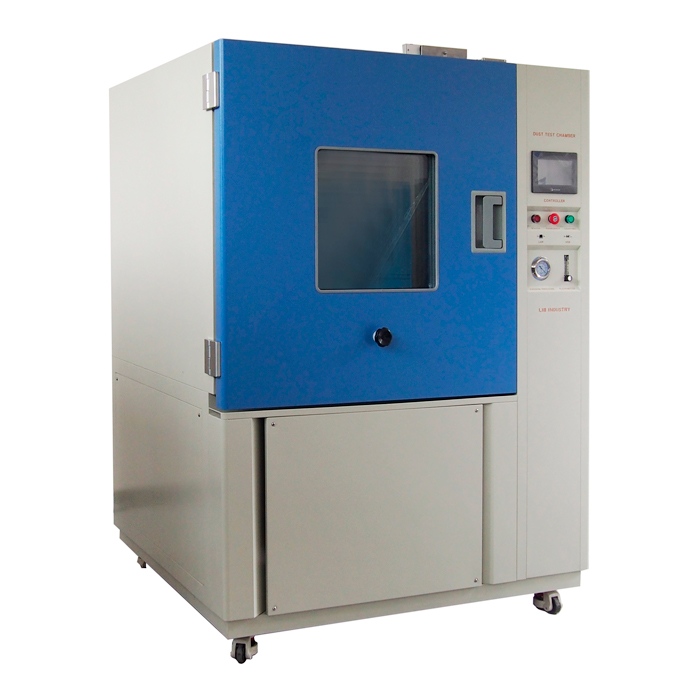How thermal shock chamber works?
Thermal shock chambers are essential tools in environmental testing, playing a crucial role in various industries, from automotive to electronics. These chambers are designed to test the durability and reliability of products under extreme temperature changes. Understanding how thermal shock chambers work can provide valuable insights into their importance and the role of thermal shock equipment manufacturers in delivering high-quality testing solutions.
What is a Thermal Shock Chamber?
A thermal shock chamber, also known as a temperature cycling chamber, is a piece of equipment used to subject products to rapid temperature changes. These chambers are crucial for identifying potential failure points in materials and components by exposing them to alternating hot and cold environments. The primary goal is to simulate real-world conditions to ensure that products can withstand sudden temperature shifts without compromising performance. Thermal shock chamber components and design include:
- Hot and Cold Zones: Thermal shock chambers typically consist of two zones: a hot zone and a cold zone. Each zone is capable of reaching specific temperature ranges, allowing for precise control over the testing process.
- Transfer Mechanism: A robust transfer mechanism swiftly moves the test specimen between the hot and cold zones, ensuring rapid temperature changes.
- Control System: Advanced control systems manage the temperature settings and cycle durations, providing accurate and repeatable test conditions.
How Does a Thermal Shock Chamber Work?
A thermal shock chamber is a specialized device designed to test the durability and reliability of materials and components under extreme temperature fluctuations. This type of testing is essential for evaluating how well products can withstand sudden changes in temperature, which is crucial in many industries such as aerospace, automotive, electronics, and manufacturing. The operation of a thermal shock chamber involves several key steps to ensure effective testing:
Preconditioning
Before beginning the actual thermal shock testing, the test specimen must undergo a preconditioning phase. This step is essential for stabilizing the specimen’s initial temperature, ensuring that it starts the test at a known and controlled state. Preconditioning typically involves placing the specimen in a controlled environment within the chamber to reach a specific temperature. The duration of this phase depends on the nature of the specimen and the testing standards being followed. This ensures that any subsequent temperature changes are applied uniformly, allowing for consistent and reliable results throughout the test.
Temperature Cycling
Once preconditioning is complete, the test specimen is subjected to rapid and extreme temperature changes. This is achieved by moving the specimen between hot and cold zones within the thermal shock chamber. The temperature cycling process involves a series of abrupt transitions from high to low temperatures and vice versa. These cycles are usually brief, ranging from a few seconds to several minutes per cycle, depending on the specific test requirements. The number of cycles and the temperature ranges are carefully programmed to simulate real-world conditions the specimen might encounter. This rigorous cycling helps to replicate the stress and strain that materials and components experience in actual service environments, providing valuable insights into their performance and reliability.
Monitoring and Data Collection
Throughout the testing process, the thermal shock chamber continuously monitors and records various parameters such as temperature, humidity, and time. Advanced sensors and data logging systems track these variables to ensure accurate and detailed data collection. This information is crucial for analyzing the specimen’s behavior under thermal stress. By examining the recorded data, engineers and researchers can identify any potential failure points, evaluate the material’s response to thermal stress, and assess its overall durability. This step is vital for understanding how the specimen performs under extreme conditions and for making any necessary design or material adjustments.
Post-Test Analysis
After completing the temperature cycling, the test specimen undergoes a thorough post-test analysis. This phase involves a detailed inspection to assess the specimen’s performance and integrity. The analysis typically includes visual inspections to check for any visible signs of damage, such as cracks or deformations. Additionally, mechanical testing may be conducted to evaluate changes in the specimen’s physical properties, such as strength or flexibility. Other relevant evaluations might be performed based on the specific requirements of the test and the type of specimen being analyzed. This comprehensive post-test analysis helps determine if the specimen has sustained any damage or degradation during the thermal shock test, providing valuable insights into its suitability for its intended application.
What Are the Benefits and Applications of Thermal Shock Chambers?
Thermal shock chambers offer numerous benefits across different industries, making them indispensable for quality assurance and product development.
Quality Assurance
- Reliability Testing: By simulating extreme temperature changes, thermal shock chambers help manufacturers identify potential weaknesses in their products. This testing ensures that the products can withstand real-world conditions without compromising performance or safety.
- Compliance with Standards: Many industries have strict standards and regulations for product durability. Thermal shock chambers enable manufacturers to meet these standards and gain certification, enhancing their market credibility.
Product Development
- Material Selection: During the development phase, manufacturers can use thermal shock testing to evaluate different materials and components. This process helps in selecting the most suitable materials that can withstand thermal stress, leading to more robust and reliable products.
- Innovation and Improvement: Thermal shock testing provides valuable insights into the behavior of materials under extreme conditions. This knowledge drives innovation and continuous improvement, resulting in better-performing products.
Industries and Applications
- Automotive: In the automotive industry, thermal shock chambers test the reliability of components such as engine parts, electronic systems, and safety features. This testing ensures that vehicles can perform reliably in diverse climates.
- Electronics: Electronics manufacturers use thermal shock chambers to evaluate the performance of circuit boards, connectors, and other components. This testing helps in preventing failures due to thermal expansion and contraction.
- Aerospace: Aerospace applications require components that can endure extreme temperature variations. Thermal shock chambers play a crucial role in ensuring the reliability of aerospace materials and systems.
How to Choose the Right Thermal Shock Equipment Manufacturer?
When selecting a thermal shock equipment manufacturer, it's essential to consider several factors to ensure the best testing solutions for your needs.
Experience and Expertise
Look for manufacturers with a proven track record in designing and producing thermal shock chambers. Experience in the industry indicates reliability and expertise.
Customization Options
Different industries have unique testing requirements. A reputable manufacturer should offer customizable solutions to meet specific needs, ensuring accurate and relevant test results.
Quality and Support
High-quality equipment and excellent customer support are vital. Ensure that the manufacturer provides robust after-sales service, including maintenance, calibration, and technical support.
Innovation and Technology
Choose a manufacturer that invests in research and development to stay at the forefront of technological advancements. Innovative features and state-of-the-art control systems enhance the effectiveness of thermal shock chambers.
Conclusion
Thermal shock chambers are indispensable tools for ensuring the reliability and durability of products in various industries. Understanding how these chambers work and their applications can help manufacturers make informed decisions and achieve superior product quality.
For more information on Thermal Shock Equipment and to explore our range of testing solutions, feel free to contact us at info@libtestchamber.com.
References
1. ASTM International. (2023). ASTM E1037-23: Standard Test Method for Thermal Shock Testing of Ceramic Materials. ASTM International.
2. ISO 16750-4:2018. (2018). Road vehicles — Environmental conditions and testing for electrical and electronic equipment — Part 4: Temperature cycling. International Organization for Standardization (ISO).
3. Miller, R. (2017). Thermal Shock Testing: Methods and Equipment. Materials Performance, 56(5), 34-40.
4. Cheng, Z., & Zhang, X. (2016). Effectiveness of Thermal Shock Chambers in Testing Electronic Components. Journal of Electronic Packaging, 138(1), 011005.
5. Barker, J., & Smith, A. (2019). Understanding Thermal Shock Chambers: Principles and Applications. Testing and Measurement Techniques, 27(3), 45-58.



